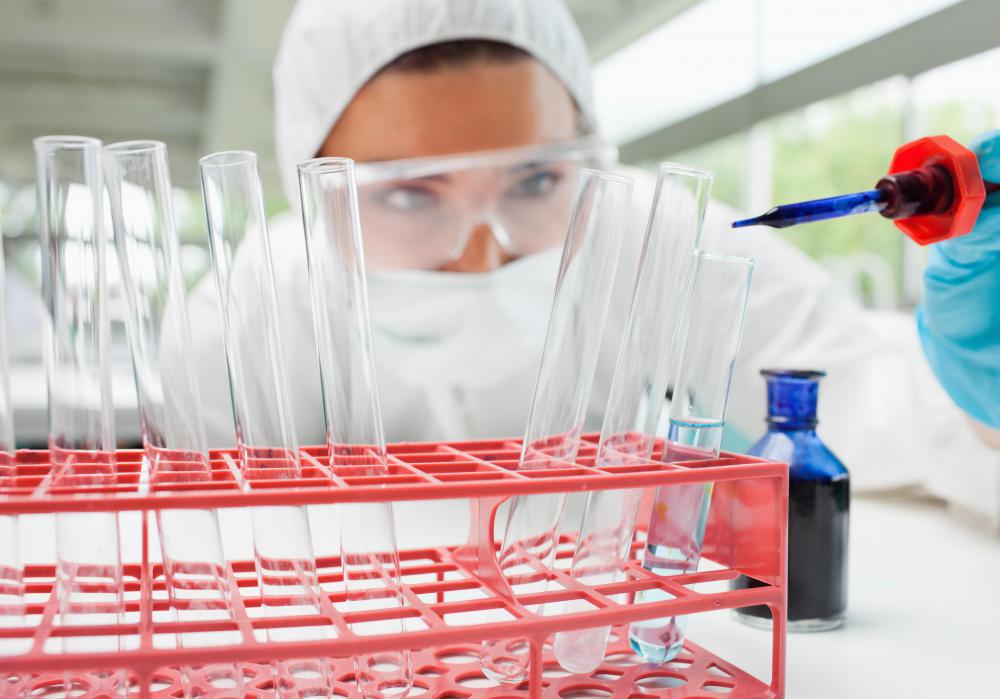At WiseGEEK, we're committed to delivering accurate, trustworthy information. Our expert-authored content is rigorously fact-checked and sourced from credible authorities. Discover how we uphold the highest standards in providing you with reliable knowledge.
What is Involved in a Forgery Analysis?
In a forgery analysis, an expert will examine a questioned document or artwork to determine if it is genuine and provide as much information as possible to support a decision on the authenticity of the object in question. Court cases can involve forgery analysis to support or deny claims being made in court, and this process is also used by art galleries and auction houses to verify things before offering them for sale. The services of an expert can be quite expensive, especially when the area of expertise is highly arcane.
The first step in a forgery analysis is a minute examination of the questioned object. The reviewer may ask that no information be provided so an objective decision can be made on the basis of what can be seen, and in other cases, the person may request information about the circumstances in which the object was found. The process can include things like chemical analysis of paints, inks, papers, and so forth, in addition to physical inspection and evaluation with imaging techniques like X-ray.

The analyst will also need materials for comparison. In the case of a questioned document, verified documents with a known provenance can be used as a basis for comparison. For questions of art forgery, other works by the same artist, as well as works by different artists from the same period to compare materials used, can be valuable to have. The comparison material can be helpful for categorically declaring something a forgery in some cases, as for example when handwriting on two documents clearly does match.

Forgery analysis also includes considering the context of the object under discussion. A document purporting to be from 1820 produced with a ballpoint pen, for example, will naturally arouse suspicion. Likewise, if a document was supposedly produced by someone with limited education and it has flawless spelling and grammar, along with complex sentence structure. People can look for cultural and historical markers to see if something is valid; a painting depicting something someone could not possibly have seen at a given point in history, for instance, could be declared a forgery or the expert might determine that it had been altered at some point in its history.
After a thorough forgery analysis, the expert will write up a detailed report, summarizing the results and their implications. It is common to see a weighted response, rather than a categorical one; for instance, someone will say that a document “most likely” appears genuine, rather than simply claiming that it appears genuine. This is designed to allow some room for error in the event of future discoveries that might cast different light on the provenance of the object.
AS FEATURED ON:
AS FEATURED ON:












Discuss this Article
Post your comments